.png)
If you have COPD or any respiratory or circulatory disease that inhibits your lungs or heart from producing enough oxygen for your body you have probably been prescribed supplemental medical oxygen. Oxygen treatment increases the amount of oxygen that flows into your lungs and bloodstream. If your COPD is severe, and your blood oxygen levels are low, getting more oxygen can help you breathe better and live longer.
You have a lot of options when it comes to choosing a method for oxygen treatment, and ultimately your decision should be made adhering to your doctor's prescription recommendations and then addressing your personal goals and financial responsibilities. This article will help you in determining how to weigh your options.
Your doctor may prescribe a range of oxygen flow rates for a range of different conditions, such as:
- COPD
- Pulmonary fibrosis
- Severe asthma attack
- Pneumonia
- Pneumothorax (collapsed lung)
- Sleep apnea
Flow rates are based on your personal diagnosis and how low your blood oxygen levels are for different activities, such as during rest, sleep, or exercise.

It is very important that you follow you doctor's instruction exactly how they are prescribed, because using too much or too little oxygen can have consequences.
There are a few different delivery methods involved when it comes to taking supplemental oxygen therapy.
Delivery methods include:
- Oxygen concentrators:
- Oxygen-gas cylinders
- Liquid-oxygen devices
So what are the benefits and proof that treating COPD and other diseases using supplemental oxygen improves your quality of life?
Benefits of treating COPD with supplemental oxygen
Supplemental oxygen therapy has been proven to give you more energy, and reduce the risks of heart failure and lung disease. You can also take extra oxygen while you exercise to perform better and have less shortness of breath. Supplemental oxygen has also been proven to enhance your mental awareness and overall mood.
{{cta('fa8abc2a-1e88-4fa3-82fd-1cb5b9ed43b2','justifycenter')}}
After you get used to living with supplemental oxygen, the long-term treatment may improve your quality of life.
The two most popular supplemental oxygen treatment methods are oxygen tanks and portable oxygen concentrators (POC) and while both methods can deliver oxygen to your body, a POC is much more convenient and offers you more freedom and independence.

How oxygen concentrators work:
As mentioned above, oxygen tanks require constant refilling, and those costs will add up. Oxygen concentrators take air from the surrounding area and turn it into concentrated oxygen, this will never need to be refilled, instead it runs off battery power, so it's always prudent to have a spare battery as well as an AC/DC adapter.
Comparing oxygen tanks to oxygen concentrators
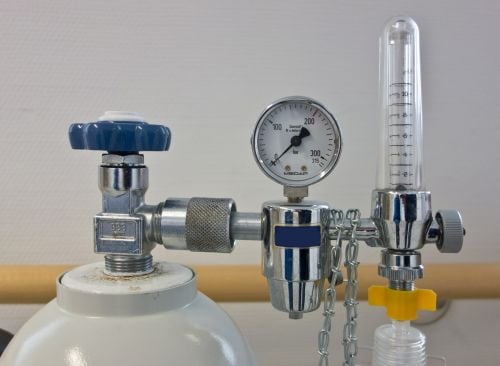
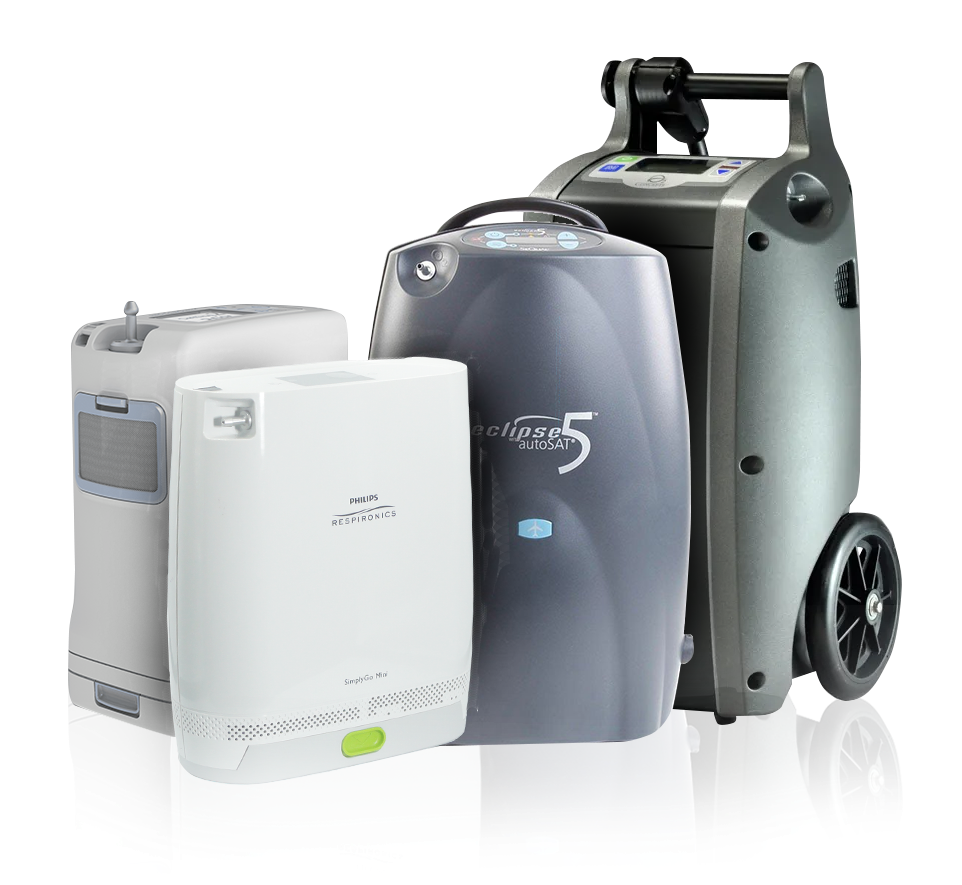
The most obvious reason as to why you would choose a POC over an oxygen tank is because you do not need to get it refilled. Refilling your oxygen tank is very time consuming and not to mention very expensive, especially in the long-run.
Everyone’s first hesitation of buying an oxygen concentrator is the up-front cost, however if you compare the amount you spend on refills every year with an oxygen tank, the amount of money and time you save purchasing an oxygen concentrator in the long run will outweigh the costs associated with an oxygen tank.
The other aspect to be weary of when comparing oxygen concentrators to oxygen tanks, is understanding what your oxygen needs are.
Ask yourself these questions after consulting with your doctor:
- What type of flow: Pulse flow or continuous flow, is right for your body?
- What are all of your expenses associated with an oxygen tank per year?
- How much independence are you searching for?
- Are you interested in increasing your physical activity?
- Do you want to travel soon?
What type of flow: Pulse flow or continuous flow, is right for you?
If you answered pulse flow, a POC might be the best choice for you because pulse flow units don’t need to put out as much oxygen, and so these units tend to be much much smaller and lighter and they also have longer battery life so you are able to be mobile longer.
An average pulse flow portable oxygen concentrator will weigh around 5 to 6 pounds whereas the average continuous flow portable oxygen concentrator will weigh 10 pounds or more.
If you need continuous flow oxygen therapy you have the option to stick with an oxygen tank, because they will always offer a continuous flow of oxygen. But you could also decide on a continuous flow oxygen concentrator, like the DeVilbiss 5 Liter Home Oxygen Concentrator depending on what your priorities are. The next few questions will help you determine these.
You should know that many continuous flow POCs like the Oxlife Independence and the Respironics SimplyGo allow you to switch between continuous flow and pulse flow.

What are all of your expenses associated with an oxygen tank per year?
If you find that you are spending more on refilling your oxygen tank than it would cost to pay off a POC or home oxygen contractor, it may be time to switch to a more affordable option. A wise financial investment will provide you with long-term benefits to your health and peace of mind, and in this case, provides you with financial benefits as well.
Some people are satisfied with the refill process of their oxygen tank, and are not interested in managing the battery life of a concentrator, if this is the case for you, an oxygen tank still might be the best option and change may cause more confusion than necessary.
How much independence are you searching for?
If you are an independent person, an oxygen tank may be restricting you from doing everyday chores on your own either because the tank is too heavy or the cart doesn’t allow you to move around freely to do yard work, go grocery shopping, etc.
If you are eager to gain independence, the Caire FreeStyle Comfort is one of the most efficient portable oxygen concentrators currently on the market. The main selling point for this portable oxygen concentrator is its battery life and subsequently more freedom for you.
On a setting of 1, the FreeStyle Comfort can run up to 16 hours on one charge, which is currently the longest battery life offered by any portable oxygen concentrator.
Additionally, the FreeStyle Comfort goes up to a flow setting of 5, weighs in at only 5 pounds, so while you are carrying your oxygen unit you would be able to do your own daily tasks with no shortness of breath, and you would not feel fatigued from carrying it.
If you are looking to move around and do more things for yourself, a POC is a great option over an oxygen tank.
.jpg)
Are you interested in increasing your physical activity?
Physical activity has many benefits for lung capacity and is a common COPD treatment. If you're interested in becoming more physically active, switching from an oxygen tank to a POC may be the right choice for you.
Oxygen tanks are cumbersome and hard to maneuver, making any physical activity seem even more challenging that it already is for many people with COPD. Out of all of the pulse flow portable oxygen concentrators on the market, the Inogen One G5 is one of the lightest, smallest, and easiest to carry.
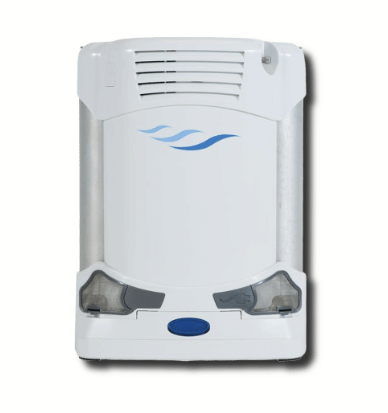
The G5 weighs about 4.7 pounds with the single-cell battery, the G5 is no heavier than a handbag or purse with a couple of your personal belongings in it. Also, unlike oxygen tanks, the Inogen G5 has a very natural box-like shape that won’t get in your way as you walk and go about your day. You’ll be able to carry it on your back, at your side, or even simply carry it in your hands.
{{cta('b59df0c1-c4de-47a8-8e1c-0d33d4b414aa','justifycenter')}}
You would be able to take the G5 breathing device hiking, biking, and to pulmonary rehabilitation classes with ease and not have to worry about the added weight when exercising.
When it comes to exercise with the G5 you will not have to worry about your oxygen demands not being satisfied because the Inogen One G5 portable oxygen concentrator offers pulse flow settings of 1-6. So as your breathing rate and requirements change depending on if you are laying in bed or exercising, the Inogen One G5 has the ability to adjust to your oxygen intake needs.

Do you want to travel soon?
One of the most important aspects of a POC is that they can travel freely on most major airlines as instructed by the Federal Aviation Administration (FAA). POCs are safe on airplanes because they do not contain pressurized oxygen like oxygen tanks do.
They simply take ambient air, remove nitrogen, argon, and other impurities, then put out medical-grade oxygen via the nasal cannula. POCs will not create an oxygen-rich environment, because it will only work when it detects your breath, so if you happen to drop the cannula, it won’t continue to put out oxygen.
With a POC you are also able to take a cruise or take a long road trip. Taking a cruise is one of the best ways to explore an area of the world that you’ve never been to before and it’s also a great way to catch up with friends and family while not exerting too much energy. While oxygen tanks are often permitted on cruise ships, this doesn’t necessarily mean you’ll have a way to refill it.
If you want to take a long road trip, your POC will easily fit into the car and the space in front of your knees. Not to mention, you will also have access to a power source because the AC/DC charger has an adapter to fit into your car’s power source, so there is no stressing about recharging the battery or bringing along a few extra batteries for an emergency.
Your options explained
So far we have explained the benefits of treating COPD with supplemental oxygen therapy, and went over some questions you should consider asking yourself before switching from an oxygen tank to an oxygen concentrator.
Just to review, portable oxygen concentrators offer four other major benefits over traditional tanks:
- They do not need to be refilled instead they just need to be recharged or have an extra battery on deck.
- They’re lighter and easier to carry. Oxygen tanks can be big and heavy, but POCs are meant to be portable and only weigh a few pounds.
- They’re safer. Oxygen tanks can leak oxygen and create an oxygen-rich environment, which is a fire hazard, and will not allow you to travel by plane.
-
They’re ultimately cheaper. An oxygen concentrator may cost more upfront, you will not constantly have to pay for oxygen refills, saving time and money in the long run.
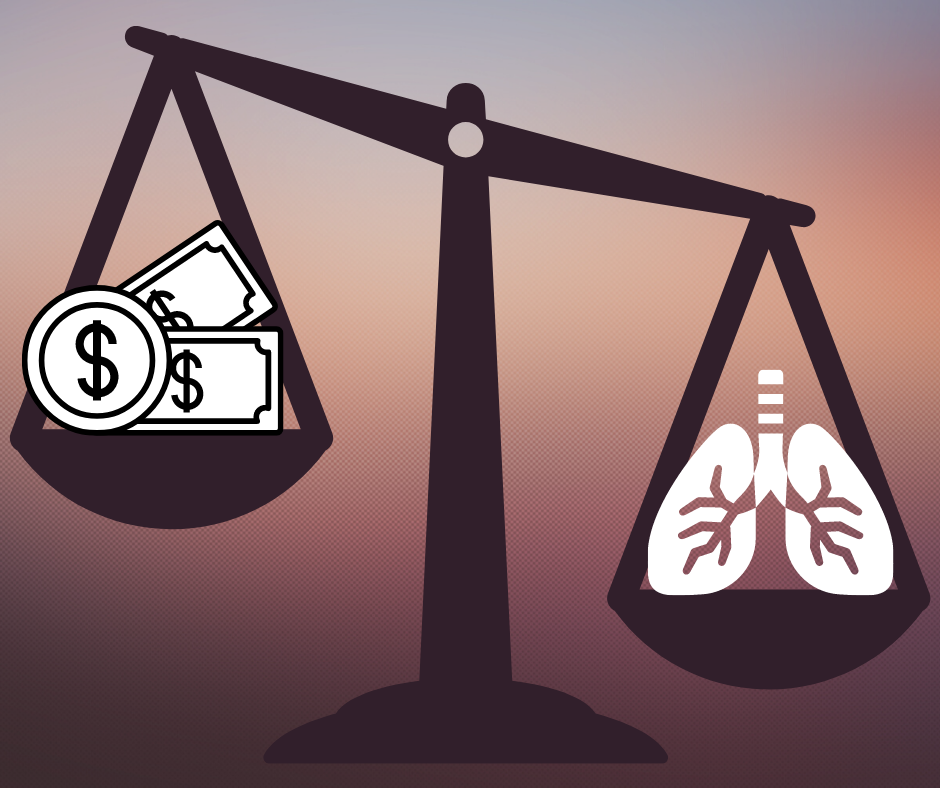
Now, some of the benefits listed above may not apply to you because you may need a continuous flow of oxygen, in which case, oxygen tanks will deliver you oxygen on a continuous flow basis. This is necessary for individuals with very low levels of oxygen capacity in their lungs and severe COPD.
However, a tank is still not your only option.
Continuous flow portable oxygen concentrator: Respironics SimplyGo
The best option you have for a continuous flow oxygen concentrator is a Respironics SimplyGo Portable Oxygen Concentrator. The Respironics SimplyGo has been one of the top continuous flow portable oxygen concentrators on the market. It is small, weighing 10 pounds, but is also backed by one of the biggest names in the respiratory field, SimplyGo is as reliable as they come.
There are other very reliable home oxygen concentrators available as well. So you just have to determine whether a concentrator or oxygen tank is the right choice for you.
Oxygen tanks provide continuous flow oxygen, which means that if it is turned on, oxygen is flowing constantly, even while you are not inhaling or when you remove your nasal cannula or mask. An oxygen tank holds a limited amount of compressed or liquid oxygen, you can use this until it runs out, so you must get the tank refilled, or replace it.
An oxygen concentrator, compresses and purifies your surrounding air to provide an unlimited amount of medical-grade oxygen, as long as the oxygen concentrator has battery power.
Depending on the model, an oxygen concentrator can provide either continuous flow oxygen or pulse dose oxygen. A Respironics SimplyGo POC offers both settings. If you are using this concentrator in a pulse flow setting, you will have up to 6 hours of battery life and up to 1.8 hours of battery life on a continuous flow setting. Its compressor is rated to last 20,000 hours.
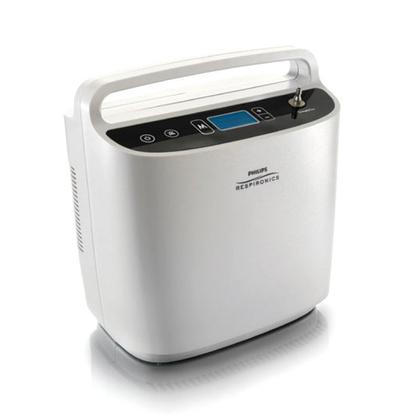
That being said, this portable oxygen concentrator is designed to run 24/7 365 and is warranted for up to 3 years, which offers you major advantages over an oxygen tank.
The SimplyGo will easily fit underneath the seat in front of you on the airplane, you can store it on the floor of your car or in the passenger seat as you drive, and when you don’t need to use it you will be able to put it in your closet without having to clear space for it.
One additional feature the SimplyGo has to offer is its sleep mode technology. Whether you’re on the airplane or relaxing in your chair at home, and you feel yourself dozing off, you can turn sleep mode technology on to ensure your oxygen gets delivered while you are sleeping.
When you turn sleep mode technology on your SimplyGo increases its sensitivity to detect your breath and it softens the pulse flow delivery so it doesn’t wake you up.If your SimplyGo doesn’t detect a breath or if you breathe through your mouth it will automatically switch back over to continuous flow to ensure you get your required oxygen.

An oxygen tank and continuous flow concentrator can be used in the same way—to provide supplemental oxygen to someone in need of continuous flow oxygen therapy— but the biggest difference between a continuous flow concentrator and an oxygen tank depends on what you prefer to be reliant on.
You can either rely on charging your concentrator’s batteries and being aware of nearby power source to plug in your machine to charge. Or you can consistently rely on refilling your oxygen tank with medical-grade oxygen and replacing your tanks with new oxygen when you run out.
With a continuous oxygen concentrator you are significantly lowering the risk of creating an oxygen-rich environment, which is a safety concern with many oxygen tanks.
It all come down to your needs and preferences

The first step in choosing your best supplemental oxygen therapy options is to discuss with you doctor what your flow rates needs are. Remember your flow rates may vary through the day and night and this should be taken into account as well.
Then, you will to financially address your investments, would you prefer paying the costs up front, or accumulating costs over a long period of time. Then do the math a determine which option is cheaper in the long-run.
While addressing you financials, you need to take into consideration all of your personal goals and address what option is better for maintaining your livelihood. Do you want to exercise more? are you interested in traveling?
We will be here when you are ready to discuss your options with a professional.
If you thought this article was helpful, please leave a comment and share with others so they may find their own insights into such a large decision.

